
HIV / AIDS
Latest News
Latest Videos

More News

Colleen Kelley, MD, MPH, describes what's on the horizon in HIV prevention.

Ian Frank, MD, explains the "Ending the Epidemic" initiative.

Colleen Kelley, MD, MPH, describes the current state of HIV vaccine efforts.
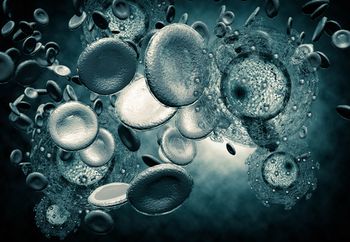
An antibody gene delivered by a harmless virus produced anti-HIV antibodies for a sustained period.
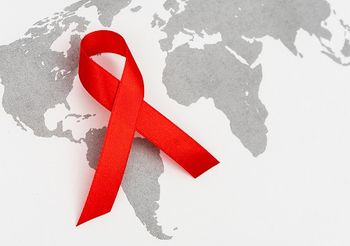
Higher HIV incidence is associated with higher viral burden, according to results from the PopART trial presented at CROI 2020.
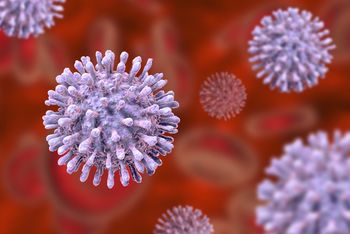
A poster on antiviral PEP safety and tolerability was presented at CROI 2020.

HIV pre-exposure prophylaxis appears to be making a difference, according to new research, which showed an association between increases in PrEP coverage and decreases in HIV diagnosis rates in the United States.
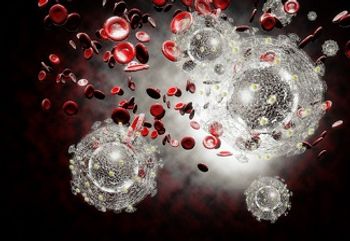
A new study results demonstrate that a cabotegravir/rilpivirine injectable, delivered monthly, is noninferior to standard daily oral antiretroviral therapy and is well tolerated by patients.
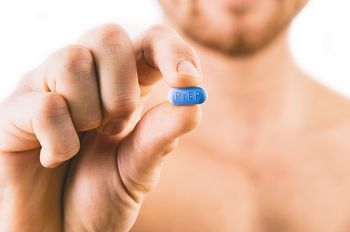
A new study examining the reasons for suboptimal PrEP use among MSM was presented at CROI 2020.

Data from clinical and preclinical studies on the use of the investigational HIV-1 capsid inhibitor GS-6207 were presented via 3 posters at CROI 2020.

Unaddressed mental health challenges among youth living with HIV complicate antiretroviral therapy (ART) adherence, leading to high mortality and lower rates of viral suppression among this population.
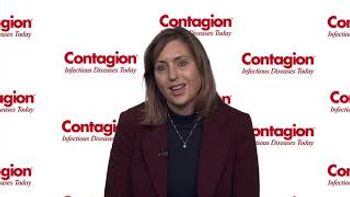
Colleen Kelley, MD, MPH, discusses the importance of targeted youth HIV prevention measures.

Contagion® spoke to Onyema Ogbuagu, MD, who presented the week 96 results from the DISCOVER study evaluating F/TAF and F/TDF.
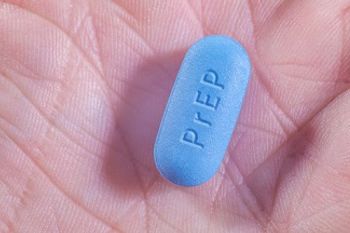
There was a statistically significant difference in renal safety which favored F/TAF over F/TDF at Week 96.

The rate of viral suppression among US youth aged 13 to 24 with HIV (YWH) hovers between 12 and 26%, representing an important clinical and public health challenge.
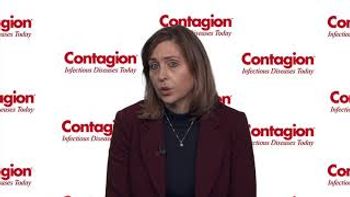
Colleen Kelley, MD, MPH, associate professor at the Emory University School of Medicine, discusses some of the ongoing themes in developing HIV science.
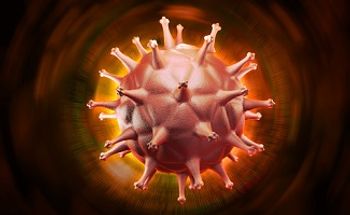
The time is now to put in place comprehensive action plans now to monitor, detect, and respond to treatment failure on dolutegravir.

The abstract authors report that both HIV viral load in plasma and proviral HIV DNA in CD4 cells have remained below levels of detection for up to 30 months.

Reducing barriers to care is paramount for people living with HIV and one such barrier in some countries, such as Zimbabwe, is high treatment loads that affect health system efficiency.

Women living with HIV who are on an antiretroviral therapy regimen of dolutegravir experienced persistently higher weight postpartum compared with women on efavirenz in Botswana.

Ian Frank, MD, discusses the need to include women in HIV research.

“There are structural drivers that are impeding prevention and treatment among people who inject drugs,” Strathdee said in an interview with Contagion®.
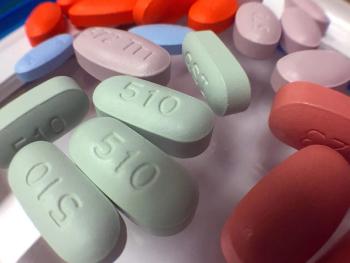
For African men living with HIV who are not virally suppressed, community-based antiretroviral therapy (ART) significantly increased viral suppression compared with clinic-based ART.

New Week 96 data from the FLAIR study indicate that once-monthly injections of cabotegravir and rilpivirine remains non-inferior and safe when compared with the daily, oral 3-drug regimen of ABC/DTG/3TC.
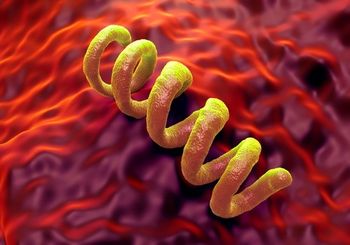
A team of investigators hypothesized that prevalent syphilis infection in women with and without HIV may be a way to identify individuals who are at an elevated risk of a stillbirth over time.






































































































































































































































































































